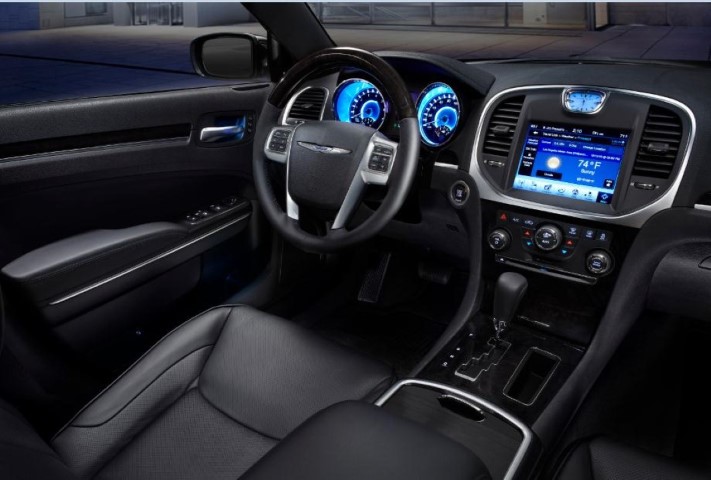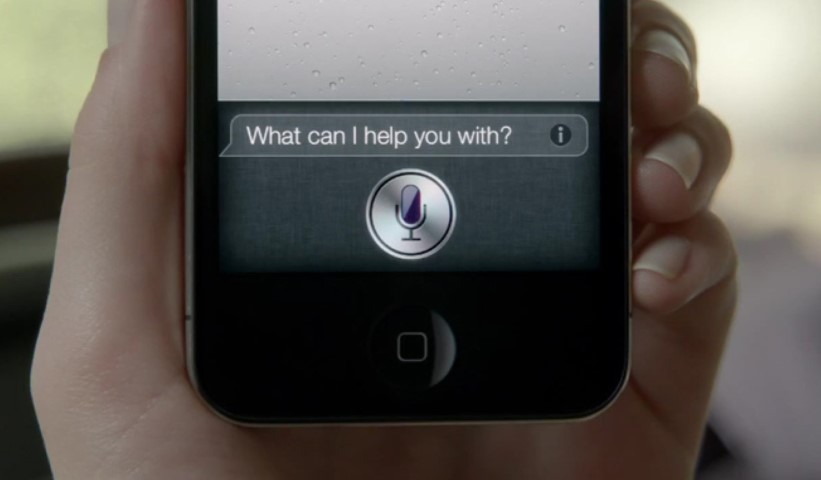Bluetooth and the Youth
- Written by
- Published in News
- font size decrease font size increase font size
- Be the first to comment!

A look into why young drivers still feel the need to use their phone while driving: I’m guilty, my friends are guilty, my siblings are guilty, and I think we are all guilty at some point of taking a peek at our mobile devices while we’re driving. It’s a near impossible addiction to break for us younger drivers when we’re cruising down the highway; we constantly check for some recent messages or even look to see what’s new on the social media websites and apps.
Automotive manufacturers are (and have been for sometime) offering systems in their new vehicles to pair our devices with the vehicles on-board computers and software.
What these features essentially aim to do is remove our focus from our social life and renew our concentration on the road ahead while still offering our basic phone functions. However, the issue with these systems is that they lack the usability that our smartphones have and in turn, leave some of us to completely ignore the systems all together. Some of us on the road, unfortunately, sacrifice safety and concentration for accessibility and moderation of our newsfeed. The scary statistic is that if we’re travelling at 90 km and look at our phone for approximately five seconds, we’ve already travelled the length of a football field with our eyes focused elsewhere. It’s no secret that younger drivers aren’t the most patient human beings. We don’t enjoy staring at a video buffering and we certainly don’t like having any of our devices operate slower than when we first bought them. This lack of patience also translates to Bluetooth and the ever-changing integration of our smart phones to our vehicles. Bluetooth’s purpose is to remove the phone from our hands, but the problem lies with why would we use them if it takes four times as long to “say your text message” into your Microsoft Sync system than it does to just type it yourself?
 Microsoft Sync is a fantastic tool and is very effective; personally I think it’s a step in the right direction along with Chrysler U-Connect and OnStar. What it doesn’t change is that fact that younger drivers tend to ignore these systems and jump right for their cellphones for one simple reason – it’s more user-friendly. It may not be safer and it may be illegal but when we surf our phones, there’s a large percentage that don’t take that into account.
Microsoft Sync is a fantastic tool and is very effective; personally I think it’s a step in the right direction along with Chrysler U-Connect and OnStar. What it doesn’t change is that fact that younger drivers tend to ignore these systems and jump right for their cellphones for one simple reason – it’s more user-friendly. It may not be safer and it may be illegal but when we surf our phones, there’s a large percentage that don’t take that into account.
A recent idea that has been thrown around is creating a program that disables the phone while the vehicle is in motion. This program would be acceptable if it becomes disabled when the phone is connected via Bluetooth, but for cars that aren’t equipped with hands-free integration – the driver is left communication-less with friends and family. The big drawback to this plan is that there’s always the chance of an emergency that needs to be immediately attended to and this system would fail to get a hold of you in those situations.
Sadly, there isn’t much at this point in time that can be done to remove our addicting devices from our hands. Laws are being implemented and functions are being created to help us concentrate more on the road and focus less on our friends. Right now the only thing that drivers on the road can hope for is that other drivers are using some sort of Bluetooth to pair their phone with or they are abiding by the laws and not using their phones at all.
 From a student standpoint and someone who’s in constant contact with friends and family, it’s difficult for me to not look at my phone while driving 100 percent of the time as my 2011 Jeep didn’t come with a hands-free system. Therefore, I try my best by relying on my speakerphone and Siri to help me concentrate on the road, but even that system isn’t sufficient enough. With laws in place against using your mobile devices while driving, I feel the least automotive manufactures can do is standardize all of their vehicles with a hands-free system. It’s not going to fully stop people from using their phones, but it’s a start. The current hands-free systems may not be the quickest or most user-friendly system in the world, but it’s a step in the right direction and the future of hands-free communication can only advance in the years to come.
From a student standpoint and someone who’s in constant contact with friends and family, it’s difficult for me to not look at my phone while driving 100 percent of the time as my 2011 Jeep didn’t come with a hands-free system. Therefore, I try my best by relying on my speakerphone and Siri to help me concentrate on the road, but even that system isn’t sufficient enough. With laws in place against using your mobile devices while driving, I feel the least automotive manufactures can do is standardize all of their vehicles with a hands-free system. It’s not going to fully stop people from using their phones, but it’s a start. The current hands-free systems may not be the quickest or most user-friendly system in the world, but it’s a step in the right direction and the future of hands-free communication can only advance in the years to come.

